
Every day, you're exposed to toxic chemicals called phthalates (THAL-eights) that are used to soften plastics, and in fragrance, inks, adhesives and coatings.
The food you eat — especially fatty foods like cheese — is the number one source of exposure. So we’re calling on Kraft to protect pregnant women and kids by eliminating any phthalates in their products.
Scientists agree that phthalates threaten children’s health. Pregnant women, babies and toddlers are most at risk. A developing fetus or young child with the highest exposure to phthalates may grow up struggling to succeed in school, at work, and in life. Boys may suffer an increased risk of birth defects associated with testicular cancer, prostate cancer, or difficulty in fathering a child.
After public pressure, Kraft recently stopped using artificial dyes in its macaroni and cheese. Now it’s time to get phthalates out of all of Kraft cheese!
Read our statement on the American Academy of Pediatrics' warning about toxic phthalates in kids' food.
Read the press release or read the report on phthalates found in some dairy farm equipment.
October 2 Coalition response to Kraft's online FAQ about phthalates.
July 20 Coalition response to Kraft's initial media comments on phthalates in mac and cheese.
When reviewing media reports, keep in mind our conclusion: “Further research is needed on the phthalate levels in food.” We call on food manufacturers to identify and eliminate sources of phthalates in any of their products.
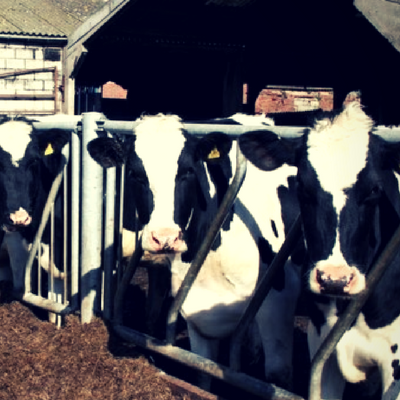

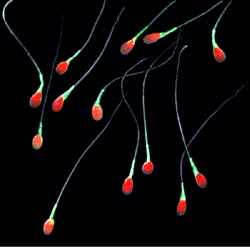
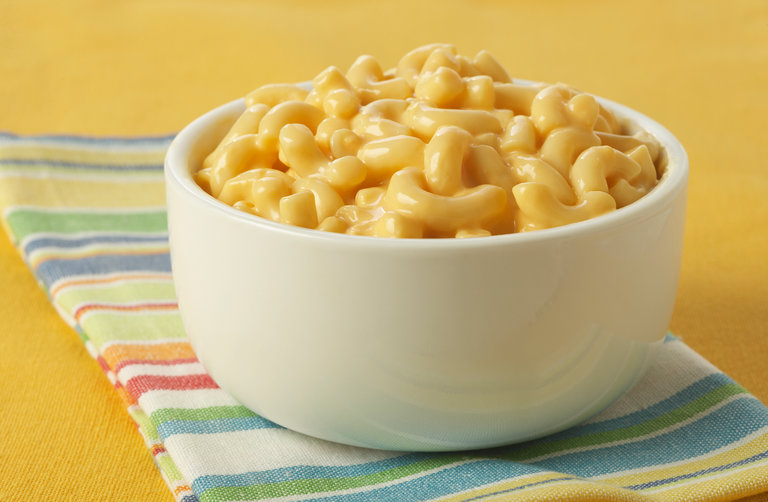
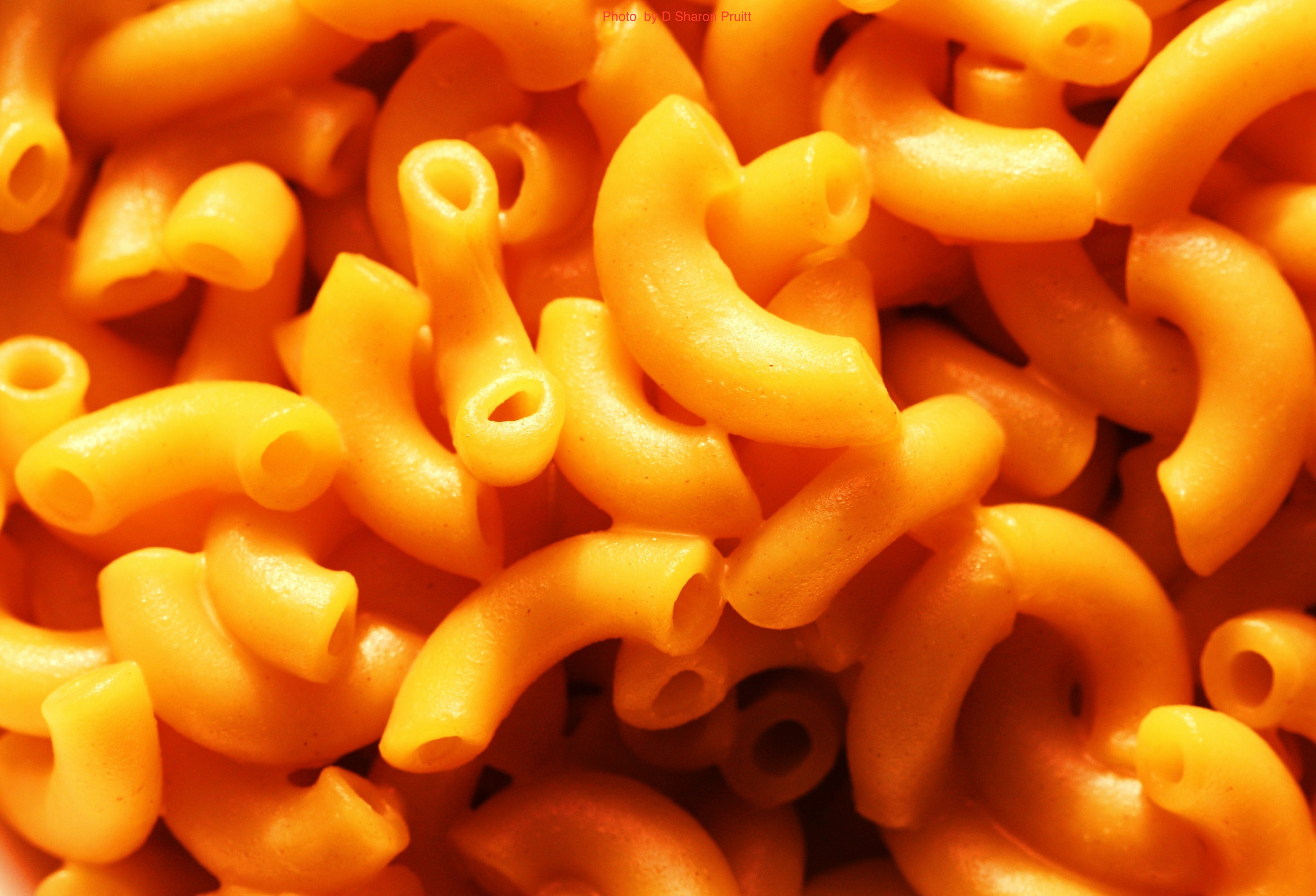
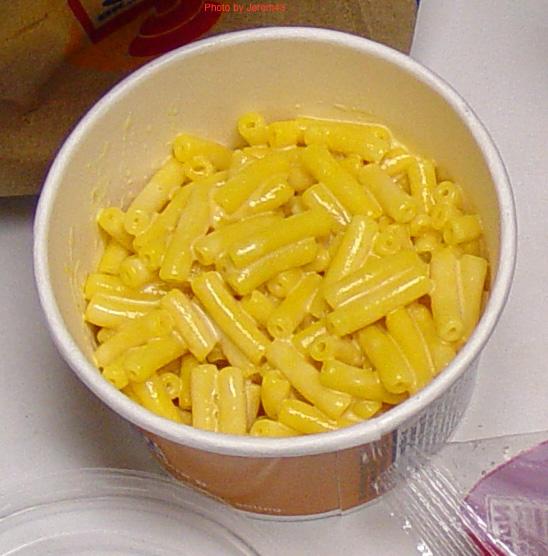
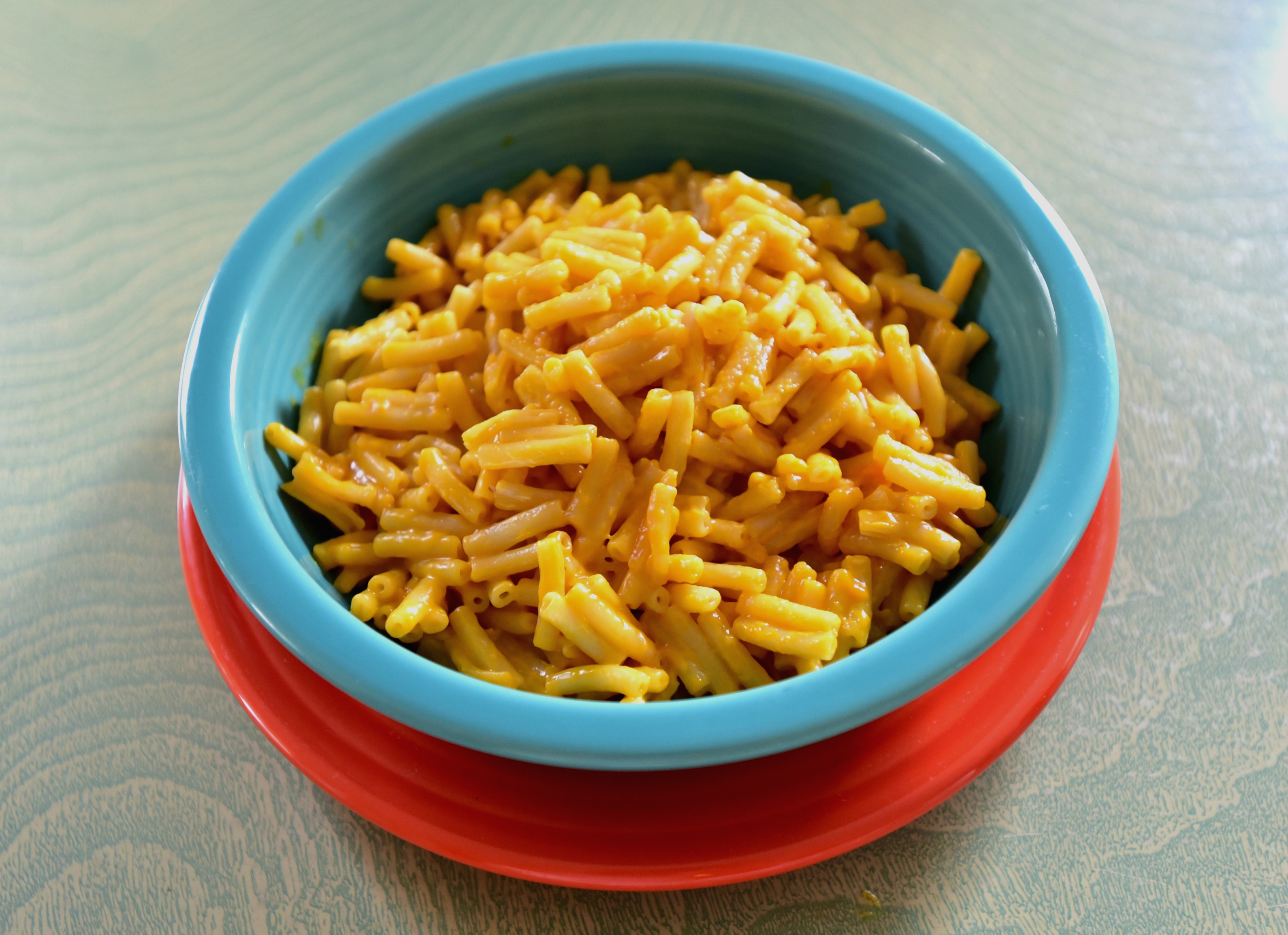
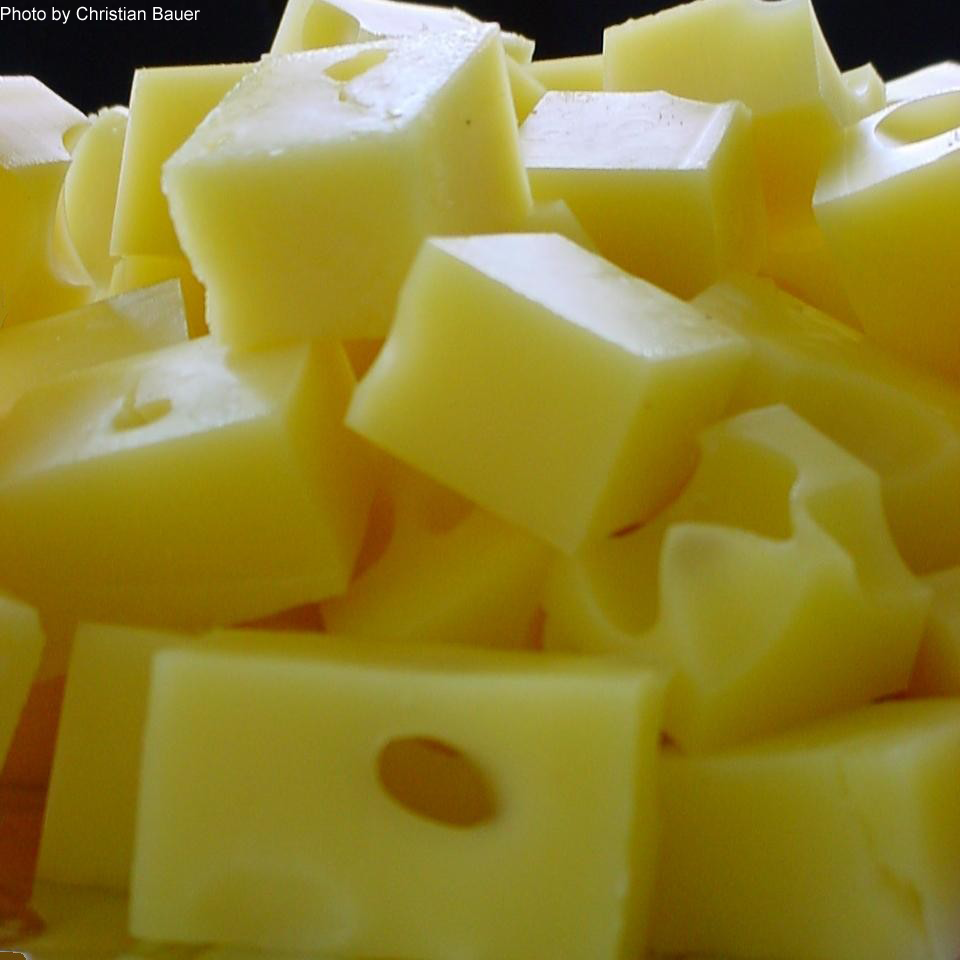

Strong science links exposure to many phthalates during pregnancy to harm to the developing brain and reproductive health during pregnancy. Several human health studies have linked phthalate exposure to a genital condition in baby boys associated with increased risk of reproductive health problems, and to learning and behavior problems in older children. Animal studies suggest even greater concern for human health. Some phthalates reduce production of testosterone, the sex hormone critical to the healthy development of male reproductive organs. Phthalates also affect thyroid function, which is essential to healthy brain development. Read More
You’re exposed to phthalates in the food you eat, the air and dust you breathe in your home, and the products you use. Some people face higher exposure on the job. Phthalates – the “everywhere” chemicals – are widely used to soften vinyl plastic and in personal care products, adhesives, inks and coatings. But they don’t stay put. Read More
The developing fetus and younger children face higher rates of exposure to phthalates, and are more sensitive to toxic effects, than teens or adults. Government experts say that up to 725,000 American women of childbearing age may be exposed daily to unacceptable levels of phthalates. And some workers are also highly exposed to phthalates on the job. Read More
During food processing, phthalates may escape from plastic tubing, hoses, conveyor belts, gloves, seals and gaskets. In food packaging, phthalates may leach from plastic coatings, adhesives in boxes, inks on food labels, and sealants on metal lids and cans. They build up to the highest levels in fatty foods. Read More
Safer alternatives to phthalates are widely available and should be required. Many phthalates are already banned from use in toys and childcare products. In Europe, most phthalates can’t be used in plastics in contact with fatty foods or infant food. But the U.S. Food & Drug Administration (FDA) still allows the use of phthalates. Our safety system for food additives is badly broken! Read More

"Our research shows that eating fast food can increase phthalate levels in the body. Communities of color and low-income communities may be particularly vulnerable since they often live in neighborhoods with fewer healthy food options.”
Ami Zota, ScD, MS, Assistant Professor, George Washington University, Milken Institute School of Public Health


"Doctors in the U.S. and around the world agree that exposure to toxic chemicals such as phthalates threatens the health of our children.”
Robert Gould, MD, Associate Adjunct Professor, University of California San Francisco, Past President of Physicians for Social Responsibility


"Phthalates can disrupt a child's hormone system before it has fully developed. Since they have no nutrient value and safer alternatives exist, phthalates should be eliminated from our foods."
Yolanda Whyte, MD, Pediatrician and Board member of Physicians for Social Responsibility, Florida and Environmental Community Action


"Our research documents that phthalates are in virtually every pregnant woman in the U.S."
Tracey J. Woodruff, PhD, MPH, Professor and Director, University of California San Francisco Program on Reproductive Health and the Environment
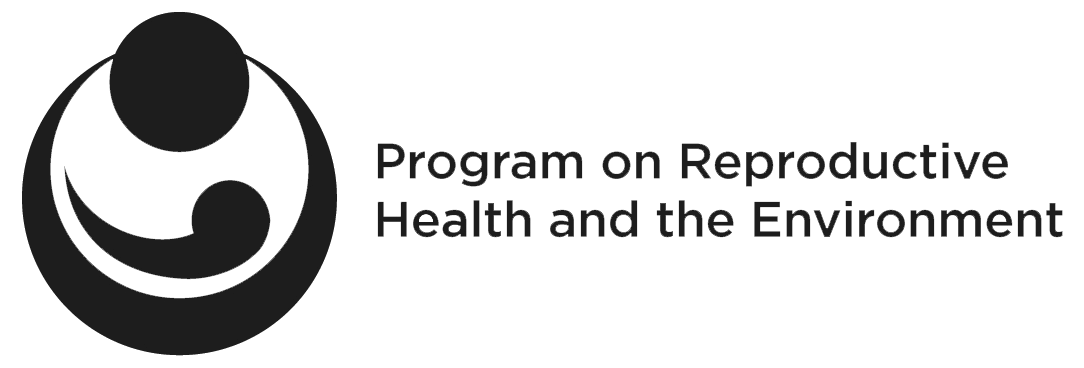

"The developing brain is extremely vulnerable to harm from toxic chemicals, even at low levels of exposure. That’s why I’m concerned that food, and dairy products in particular, expose children to phthalates, which are associated with learning and developmental disorders."
Maureen Swanson, Director, Healthy Children Project, Co-Director, Project TENDR, Learning Disabilities Association of America
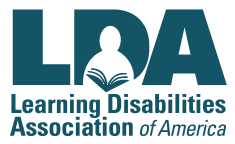

"Phthalates are ubiquitous chemicals, found in hundreds of personal care, food preparation and cleaning products. As an obstetrician gynecologist I am worried about their link to birth defects, with developmental or reproductive impacts."
Jeanne Conry, MD, PhD, Past President, The American Congress of Obstetricians and Gynecologists

A coalition of parents, consumers, nurses, physicians, scientists, and health and safety advocates have joined forces to convince the food industry to remove all sources of phthalates from our food. Food manufacturers have an obligation to ensure the safety of chemical substances in their products. Major food producers should safely substitute for phthalates in their food packaging and food processing facilities, as well as upstream throughout their entire supply chain.